Nature:瘫痪者可通过神经信号操控机械手
2012-05-19 mili 生物谷
脊髓损伤、脑中风和肌萎缩性脊髓侧索硬化症以及其它疾病变可能会引起瘫痪,导致患者的身体不能在大脑支配下进行运动,这种情况给患者的生活带来极大的不便。研究者设计的一种特殊装置能够建立一种神经界面。通过这种界面,神经活动被翻译成能够操纵辅助装置的控制信号,从而恢复瘫痪者的运动能力和独立生活能力。 本文通讯作者John Donoghue研究组之前的研究成果显示,长期四肢瘫痪的人可以通过这种界面控制计算机
脊髓损伤、脑中风和肌萎缩性脊髓侧索硬化症以及其它疾病变可能会引起瘫痪,导致患者的身体不能在大脑支配下进行运动,这种情况给患者的生活带来极大的不便。研究者设计的一种特殊装置能够建立一种神经界面。通过这种界面,神经活动被翻译成能够操纵辅助装置的控制信号,从而恢复瘫痪者的运动能力和独立生活能力。
本文通讯作者John Donoghue研究组之前的研究成果显示,长期四肢瘫痪的人可以通过这种界面控制计算机光标的移动和点击光标,进而控制物理设备。猴子也能够通过这种神经界面来操纵机械手,但是对于深度瘫痪或者失去四肢的人来说,能否用皮层神经元通过这种界面去做一些真正有意义的能够代替上肢的动作还是一个未知数。
在这篇文章中,研究人员让两个长期瘫痪的病人通过这种神经界面系统去控制机器人的手臂,两名患者成功的利用神经信号控制机械手的三维运动并能够完成抓取东西的动作。该神经界面系统用一个96通道的微电极芯片记录受试者大脑运动皮层神经元的活动,再解码成能够控制机械手的信号。值得一提的是,其中一名受试者的传感器是5年前植入的,这个传感器仍然能够让该受试者通过机械手拿起瓶子并喝到里面的咖啡。虽然通过机械手抓取东西没有正常人用手直接拿东西那么快速准确,但这项研究成果表明了长期瘫痪或中枢神经受到损伤的人可以通过神经信号恢复控制复杂装置的能力。(生物谷 Bioon.com )

doi:10.1038/nature11076
PMC:
PMID:
Reach and grasp by people with tetraplegia using a neurally controlled robotic arm
Leigh R. Hochberg, Daniel Bacher, Beata Jarosiewicz, Nicolas Y. Masse, John D. Simeral, Joern Voge, Sami Haddadin, Jie Liu, Sydney S. Cash, Patrick van der Smagt & John P. Donoghue.
Paralysis following spinal cord injury, brainstem stroke, amyotrophic lateral sclerosis and other disorders can disconnect the brain from the body, eliminating the ability to perform volitional movements. A neural interface system1, 2, 3, 4, 5 could restore mobility and independence for people with paralysis by translating neuronal activity directly into control signals for assistive devices. We have previously shown that people with long-standing tetraplegia can use a neural interface system to move and click a computer cursor and to control physical devices6, 7, 8. Able-bodied monkeys have used a neural interface system to control a robotic arm9, but it is unknown whether people with profound upper extremity paralysis or limb loss could use cortical neuronal ensemble signals to direct useful arm actions. Here we demonstrate the ability of two people with long-standing tetraplegia to use neural interface system-based control of a robotic arm to perform three-dimensional reach and grasp movements. Participants controlled the arm and hand over a broad space without explicit training, using signals decoded from a small, local population of motor cortex (MI) neurons recorded from a 96-channel microelectrode array. One of the study participants, implanted with the sensor 5 years earlier, also used a robotic arm to drink coffee from a bottle. Although robotic reach and grasp actions were not as fast or accurate as those of an able-bodied person, our results demonstrate the feasibility for people with tetraplegia, years after injury to the central nervous system, to recreate useful multidimensional control of complex devices directly from a small sample of neural signals.
本网站所有内容来源注明为“梅斯医学”或“MedSci原创”的文字、图片和音视频资料,版权均属于梅斯医学所有。非经授权,任何媒体、网站或个人不得转载,授权转载时须注明来源为“梅斯医学”。其它来源的文章系转载文章,或“梅斯号”自媒体发布的文章,仅系出于传递更多信息之目的,本站仅负责审核内容合规,其内容不代表本站立场,本站不负责内容的准确性和版权。如果存在侵权、或不希望被转载的媒体或个人可与我们联系,我们将立即进行删除处理。
在此留言




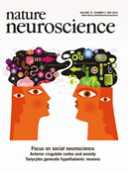
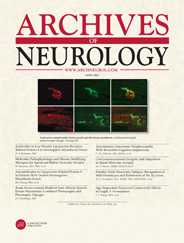
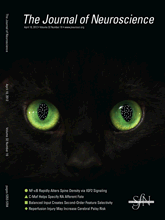
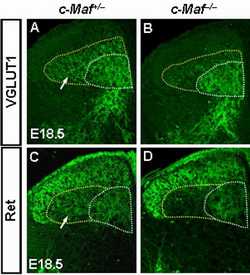
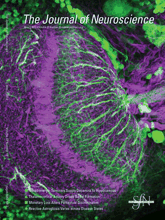
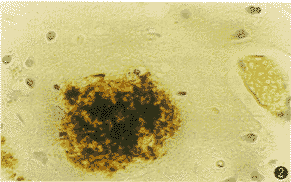




#神经信号#
61
#Nat#
57
#瘫痪#
64